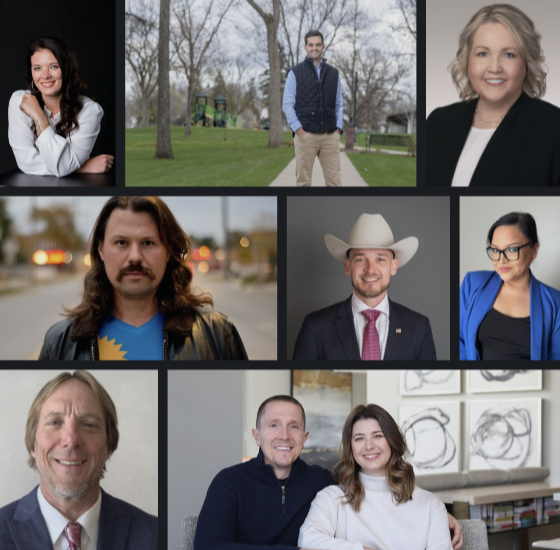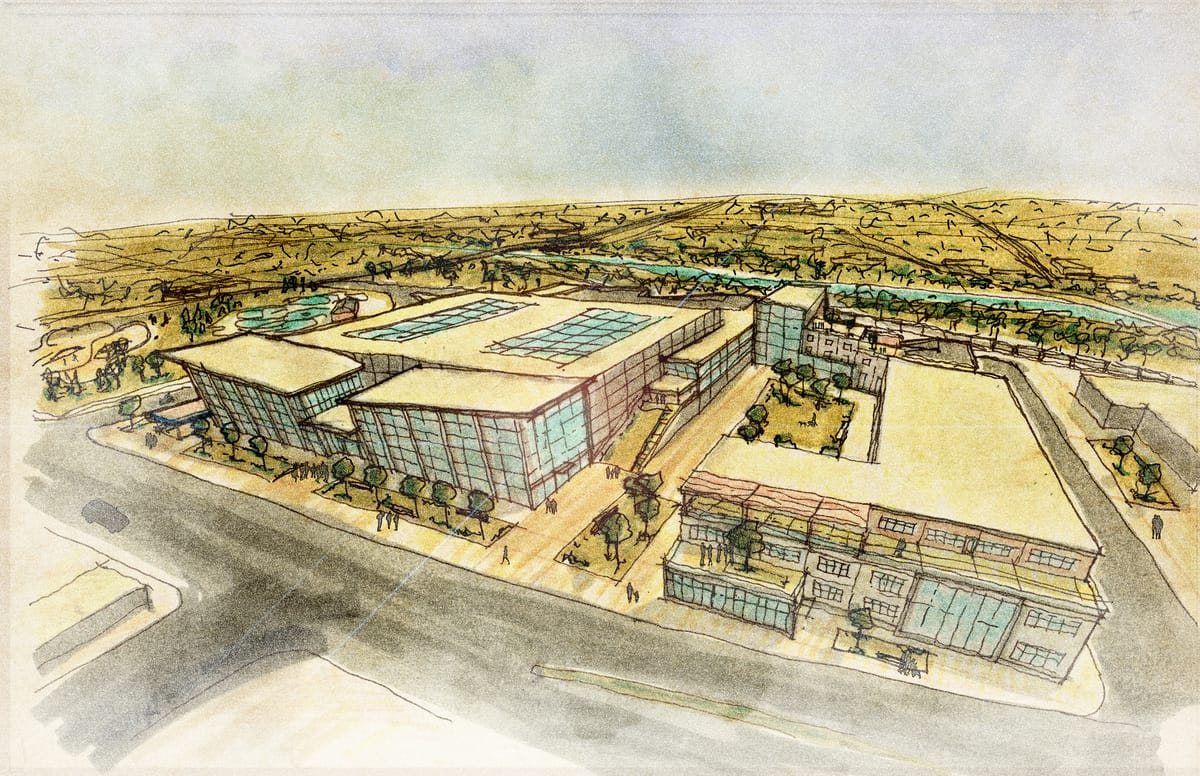Editor's note: These stories are the next installment in a multi-part series on the 2024 city and school board election. Find all the coverage that's been done so far right here.
Simplified: Sioux Falls Simplified sat down with each of the eight candidates hoping to have a seat on the City Council. Candidates were all asked (approximately) the same set of questions. Here's what they had to say about how they'd approach funding quality of life investments.
Why it matters
- The City Council this year is expected to make decisions regarding a bond to fund quality of life projects like new outdoor pools and a new indoor aquatic and recreation center.
Another quick note: Candidates are listed in the order in which they're shared on the city election website. Answers are edited for length and clarity.
What's your philosophy when it comes to the city making quality of life investments, and how will you approach decisions about funding them?
Jennifer Sigette, Northwest District*: "My family has had a great quality of life here, and that is one of the reasons I'm running – probably my biggest one.
- I'll be a big supporter of whatever that looks like. ... Every project's going to be different. With the bigger projects, I think people need to be very involved if we're spending hundreds of millions of dollars on a project."
Miranda Basye, Northeast District: Basye noted that quality of life conversations might look different in to different areas in her district where people often are working blue collar jobs along North Cliff Avenue, but new growth and development along Veterans Parkway is bringing a more wealthy socioeconomic class.
- "I think there's a lot of us who are really excited about aquatic space and indoor recreation space, but also, quality of life could mean that in some of our more legacy neighborhoods, that we go put sidewalks in. ... I would love for us to be able to bring projects forward to some of those nontraditional quality of life things."
Neil Jeske, Northeast District: "It would have to be on a case-by-case basis because the city government – the taxes come from the people, and it's a conversation we all have to have as a community on where we want to spend.
- We need to be careful because it's not the city's money to give, so we have to be completely transparent, audited and full accountability for any projects we plan for the city."
David Zokaites, Northeast District: "How about making it easier for people to get out and talk to each other, and that's related to a more pedestrian friendly city.
- There's too much of great big blocks of one thing and people thinking you have to drive everywhere to get any kind of quality of life."
- Zokaites said he'd like to see more quality of life investments within neighborhoods by doing things like planting trees, adding parks, artwork, etc.
Ryan Spellerberg, Southwest District*: "It's just like anything else. There's a cost/benefit, so you've got to figure out what the cost is going to be, how many people are going to take advantage of it and then decide from there."
- Spellerberg said he'd like to look at supporting quality of life investments on a case-by-case basis.
Jordan Deffenbaugh, At-Large: "Bigger isn't always better. We need to be going towards more of a neighborhood-based, participatory budget."
- Deffenbaugh said a neighborhood approach would increase public buy-in, and sometimes the things that really matter to people are adding a crosswalk.
- He said he does support larger investments, but wants to make sure they're done with the public's participation.
Richard Thomason, At-Large: "You have to take each thing and look at it individually."
- Thomason noted that the city might not make money on all of its quality of life investments, but the goal should be to get "the most bang for our buck" by serving as many people as possible.
Allison Renville, At-Large: "If one neighborhood is going to get something, another neighborhood should get it as well. If we're going to be doing all of these things, what are we going to do in (other districts).
- Renville also noted that quality of life investments should encourage equity.
- "I think it's really important to have gymnasiums for people – community centers. I think a community center for different demographics is important as well."
*Sigette and Spellerberg will not be listed on the ballot because their races are uncontested. Since they'll be representing essentially half the city, Sioux Falls Simplified still included them here so voters know their public officials.
Want to learn more about the candidates?
See who they are and why they're running here:

And then get their thoughts on childcare:

And then see what they have to say about the Riverline District:

As well as housing:

Andd then keep checking back for more topics in the coming weeks leading up to the April 9 election.



